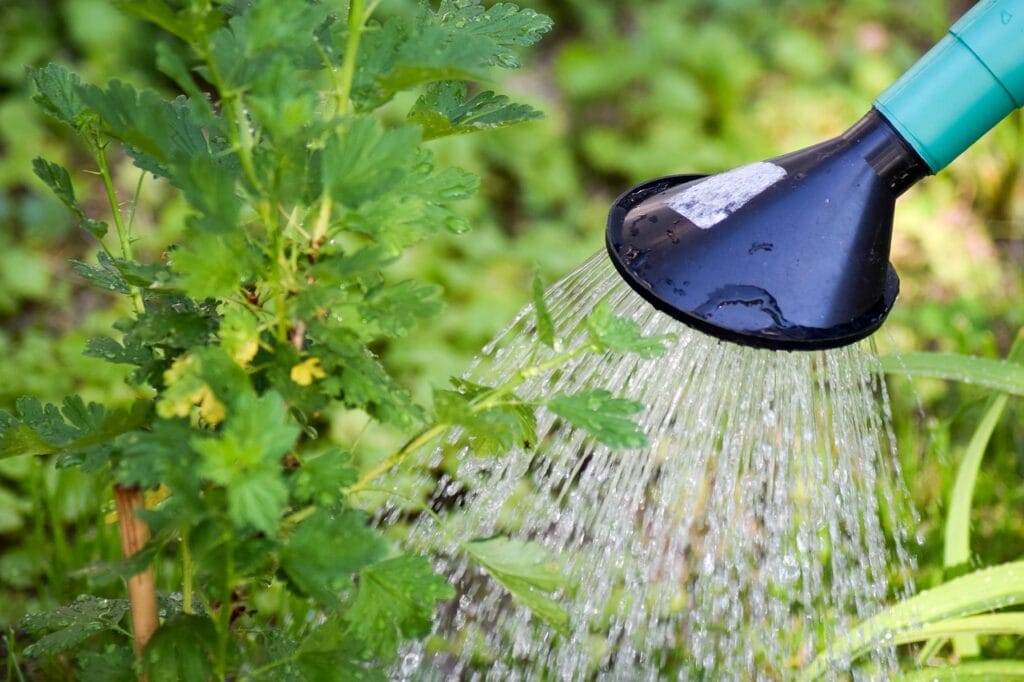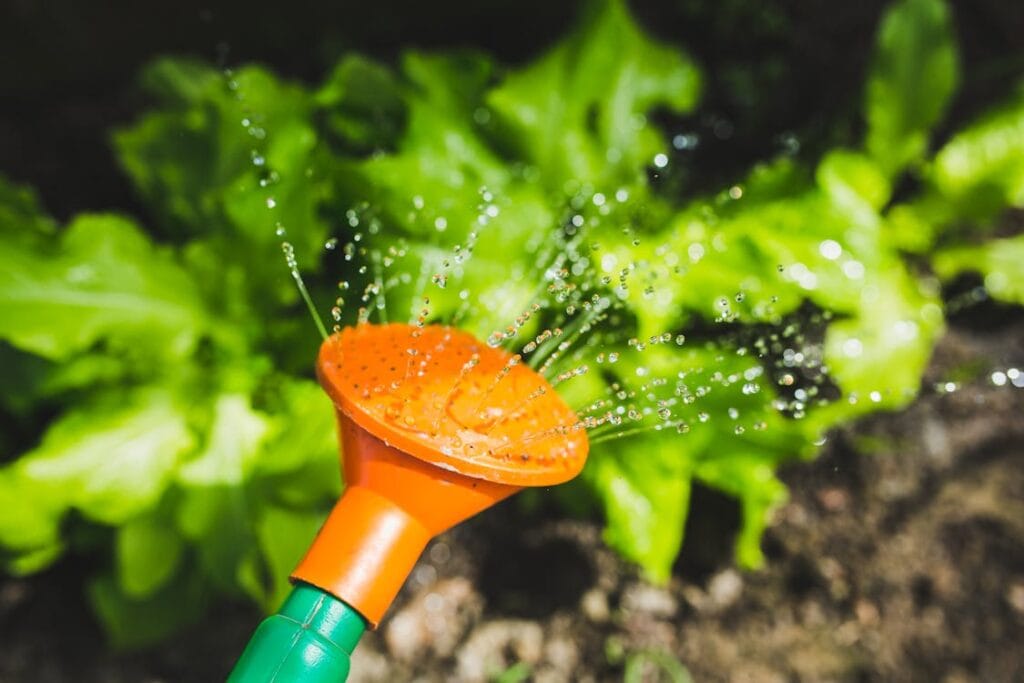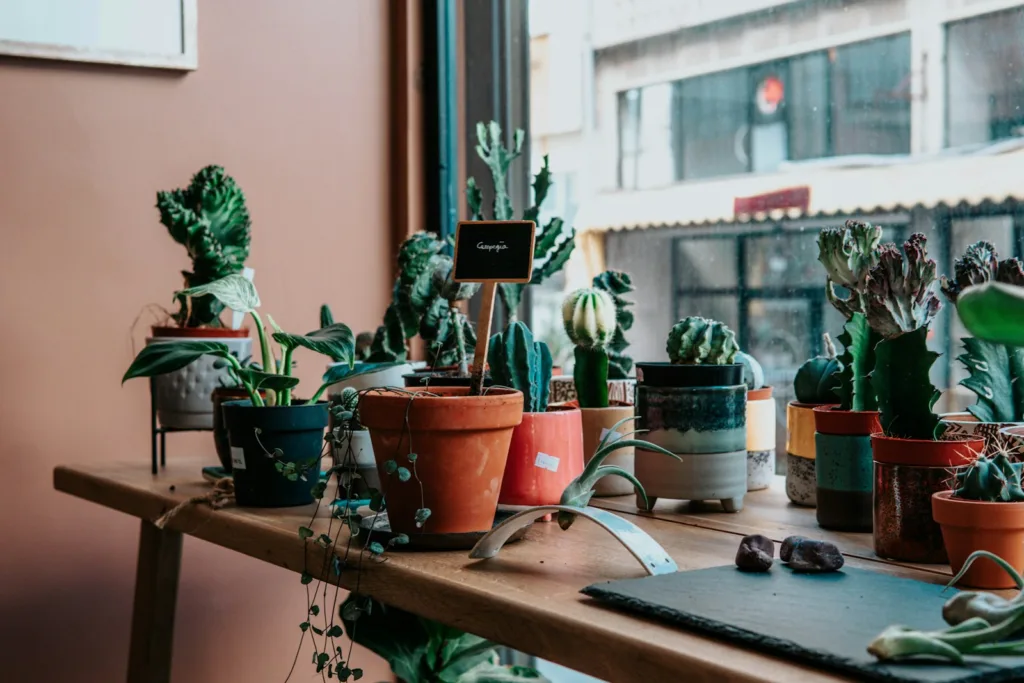Proper watering is one of the most important aspects of plant care. If you’re a seasoned gardener or a beginner, getting the watering routine right can be tricky. Watering your plants the right way not only ensures their health but also helps them thrive in the long term.So, Let’s dive into the essentials of plant watering!
Table of Contents
When to Water Your Plants
Watering your plants at the right time is just as important as how much water you give them. The best time to water is early in the morning or late in the afternoon. During these times, the temperatures are lower, and the water won’t evaporate as quickly. Avoid watering in the heat of the day, as the water can evaporate before reaching the roots.

Seasonal changes also affect your watering needs. In spring and summer, plants tend to grow more, so they need more water. However, during colder months, when many plants go dormant, they require less frequent watering.
How Much Water Do Plants Need?
The amount of water your plants need depends on several factors:
- their size
- type
- and environment.
Larger plants with bigger roots typically require more water, while smaller plants or succulents need only a little. If you’re not sure how much water to give, a good rule of thumb is to check the soil. Stick your finger about an inch into the soil; if it’s dry, it’s time to water.
Different plants have different preferences. For instance, cacti and succulents thrive in dry soil, while tropical plants need more moisture. Always research your plant’s specific watering needs for optimal growth.
Common Watering Mistakes to Avoid
Watering might seem simple, but it’s easy to make a few common mistakes. Overwatering is one of the most frequent issues. Many plants suffer from root rot due to constantly sitting in soggy soil. To prevent this, ensure your pots have proper drainage, and avoid watering until the top inch or two of soil is dry.
Another mistake is underwatering. If the soil feels dry and hard, it’s a sign that your plant isn’t getting enough water. To fix this, soak the soil thoroughly and check the roots for signs of damage.
Signs You’re Overwatering or Underwatering
It’s essential to recognize when something’s off with your watering routine. Overwatered plants often show yellowing leaves, wilting, or mushy roots. On the other hand, underwatered plants might have dry, crispy leaves, or they might droop even after watering.

The key is to monitor your plant’s needs regularly. If you see any signs of trouble, adjust your watering routine accordingly.
Best Watering Techniques
Different watering techniques can help ensure your plants are properly hydrated. Bottom watering is a great method for plants in pots, where you place the pot in a shallow dish of water, allowing the roots to absorb moisture gradually. This method prevents the soil from becoming too soggy on top while ensuring thorough hydration.
For larger plants, deep watering works best. This means watering thoroughly but slowly, allowing the water to soak deeper into the soil rather than just wetting the surface.
If you have plants that need a lot of humidity, such as ferns, consider mist watering. Spraying a fine mist of water onto the leaves increases humidity and helps your plant thrive in drier environments.
FAQs
when I should water my plant ?
Early morning is the best time to water, as it allows moisture to reach the roots before the heat of the day causes evaporation. Evening watering is also okay but can lead to fungal issues if leaves stay wet overnight.
Is it okay to water plants with tap water?
Most plants can tolerate tap water, but if it contains high chlorine or fluoride levels, letting it sit overnight before watering can help. Rainwater is often a better choice.
Does misting plants help with watering?
Misting can increase humidity for tropical plants, but it doesn’t replace proper watering. Some plants, like succulents, don’t benefit from misting at all.
Why do the leaves turn brown even if I water regularly?
Brown leaf tips can be a sign of inconsistent watering, low humidity, or too much fertilizer. Check the soil and humidity levels to find the cause.
Conclusion
Watering your plants might seem like a simple task, but it’s crucial to do it correctly to ensure healthy growth. Remember to water at the right times, check your plant’s needs, and avoid common mistakes like overwatering or underwatering. Soon, you’ll be watering your plants like a pro!
If you’re interested in more gardening tips, check out our other posts on potting mix and organic vs. synthetic fertilizers!






